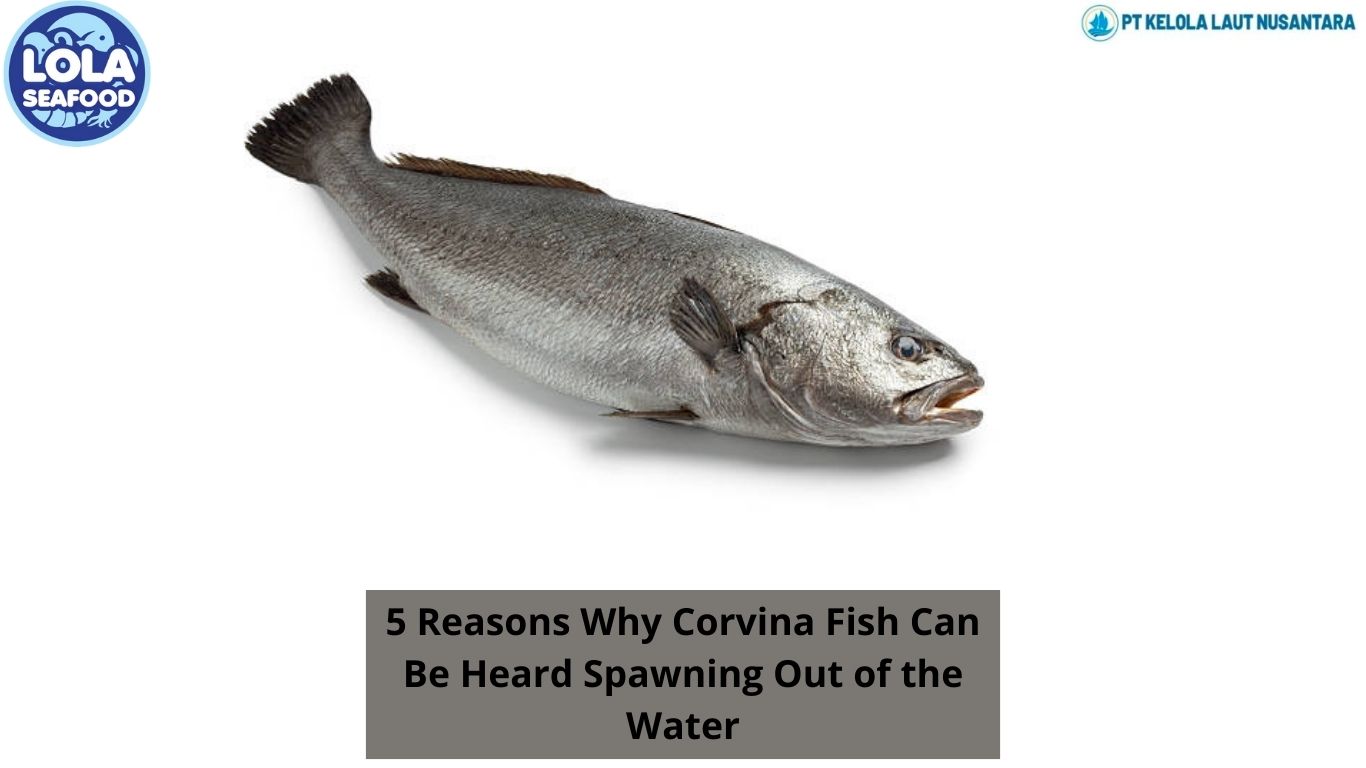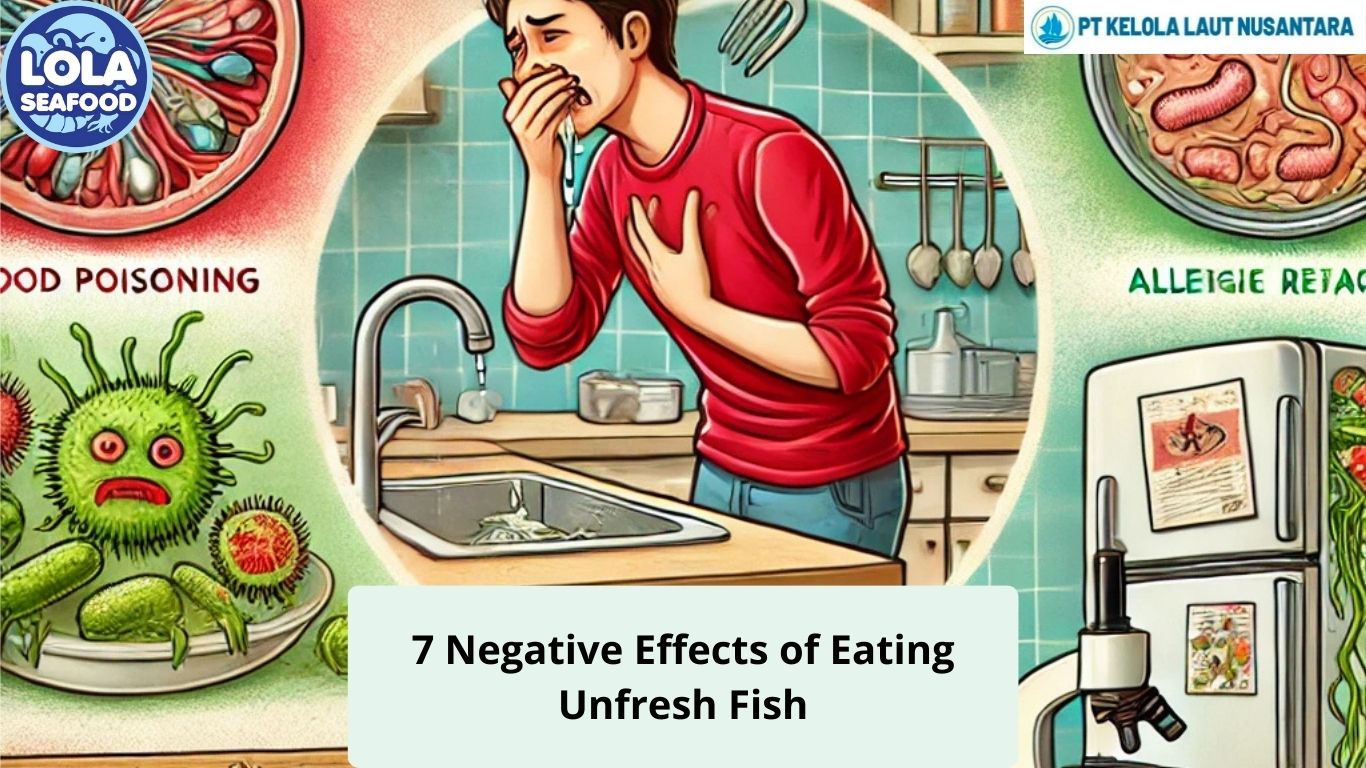3 Common Bacteria Found in Marine Fish and Their Impact on Seafood Safety
By. Najih - 11 Sep 2024.jpg)
Marine fish are a staple in diets worldwide, offering a rich source of protein and essential nutrients. However, the safety of seafood can be compromised by various bacteria that are commonly found in marine environments. Understanding these bacteria and their effects on seafood safety is crucial for preventing foodborne illnesses.
1. Vibrio Species
Among the most concerning bacteria in marine fish are Vibrio species. Vibrio vulnificus and Vibrio parahaemolyticus are notable for their impact on human health. Vibrio vulnificus can cause severe infections, particularly in individuals with liver disease or weakened immune systems, potentially leading to life-threatening conditions. Vibrio parahaemolyticus is a common cause of gastroenteritis, leading to symptoms such as diarrhea, abdominal cramps, and nausea. These bacteria thrive in warm seawater and can contaminate fish through improper handling or undercooked seafood.
2. Shewanella Species
Shewanella putrefaciens is another bacterium frequently found in marine fish. This bacterium is known for its role in fish spoilage, producing unpleasant odors and off-flavors. While not typically harmful in low concentrations, its presence can indicate poor handling and storage conditions, which may lead to the proliferation of other pathogenic microorganisms.
3. Aeromonas Species
Aeromonas bacteria, including Aeromonas hydrophila, are commonly found in both fresh and saltwater fish. These bacteria can cause a range of infections, from gastrointestinal issues to wound infections. While typically more of a concern in individuals with weakened immune systems, their presence in fish signals potential issues with hygiene and handling practices.
Impact on Seafood Safety
The presence of these bacteria in marine fish can pose significant health risks. To mitigate these risks, it is essential to adopt effective food safety practices. Proper handling, storage, and cooking of seafood are crucial. Fish should be kept at the right temperature to prevent bacterial growth and should be cooked thoroughly to kill harmful bacteria. Additionally, maintaining good hygiene practices during the handling and preparation of seafood can help prevent cross-contamination and ensure safe consumption.
Understanding and addressing the bacteria commonly found in marine fish is vital for maintaining seafood safety. Adhering to best practices in food handling and preparation can help ensure that seafood remains a nutritious and safe choice for all consumers.








